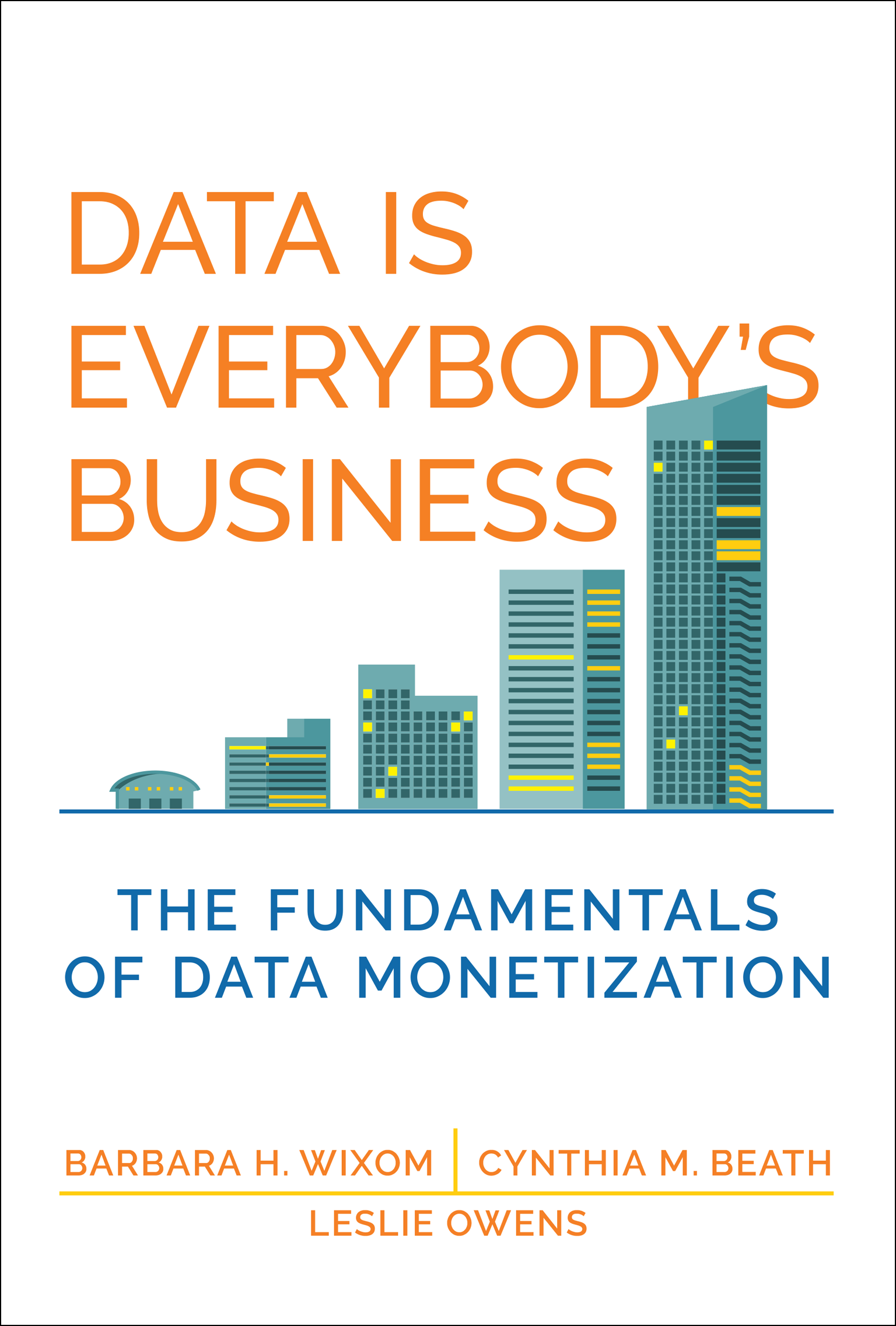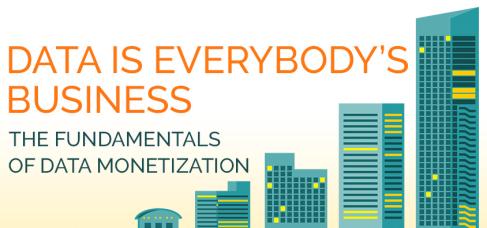On September 26, 2023, MIT Press will release our new book, Data Is Everybody’s Business: The Fundamentals of Data Monetization, which we wrote to eliminate confusion regarding what data monetization is and how to do it. This book, in true MIT fashion, cuts through hype and confusion by defining terms, presenting easy-to-use managerial frameworks, and focusing people on what is doable and necessary. It reflects years of research conducted at MIT CISR, as well as significant input and oversight by the MIT CISR Data Research Advisory Board. It describes why everybody in the organization should get excited about data monetization, and how to participate.[foot]The research underpinning the authors’ forthcoming book and this research briefing began with Barb Wixom’s PhD dissertation. Since 1994, Dr. Wixom has explored how organizations effectively deliver value from their data assets. In 2015, she launched the MIT CISR Data Research Advisory Board, a community of data and analytics leaders who participate in and inform MIT CISR research; their contributions were key to the research. For more, see Barbara H. Wixom, Cynthia M. Beath, and Leslie Owens, Data Is Everybody's Business: The Fundamentals of Data Monetization, (Cambridge: The MIT Press, 2023), https://mitpress.mit.edu/9780262048217/data-is-everybodys-business/.[/foot]
Many organizations view data monetization—or simply put, converting data into money—too narrowly as “selling data sets” or too broadly as “creating benefits from data use.” In fact, there are three viable ways to monetize data—improving work, wrapping products, and selling information offerings; the book covers when to pursue each and how to succeed.
Your organization is likely engaged in one, two, or all three of these monetization approaches. But is it consistently accounting for the money generated by working with data? The processes of value creation and value realization are different; value realization confirms that data monetization has occurred. An organization that is adept at creating value from data might look and feel like a high-performing money-making machine. But it’s a mistake to assume that benefits flow inexorably to the bottom line. It’s the act of transforming the value created by data initiatives into real money—by bringing more money in or putting less money out—that makes data monetization real.















